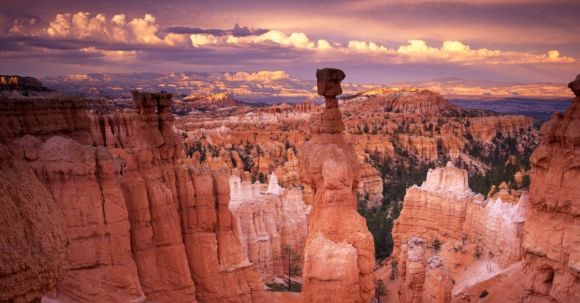National parks are not only breathtakingly beautiful with their awe-inspiring landscapes, but they also serve as sanctuaries for a diverse range of wildlife. These protected areas offer a glimpse into the enchanting world of animals and their natural habitats. From majestic elephants to elusive big cats, national parks provide a haven for these creatures to thrive and flourish. Let us embark on a virtual journey into the captivating world of wildlife in national parks.
The Diversity of Habitats
One of the reasons national parks are so rich in wildlife is the diversity of habitats they encompass. From dense rainforests to vast grasslands, each park offers a unique combination of ecosystems that support a wide range of species. This diversity creates a perfect balance, allowing different animals to coexist and thrive in their respective niches.
The African Savannah: Home to the Big Five
The African savannah is synonymous with wildlife, and national parks like the Serengeti in Tanzania and the Maasai Mara in Kenya are renowned for their extraordinary diversity. These parks are home to the iconic Big Five – lions, elephants, buffaloes, leopards, and rhinoceros. Witnessing a pride of lions on the hunt or a herd of elephants gracefully roaming the plains is a truly unforgettable experience.
The Tropical Rainforests: A Haven for Exotic Species
Tropical rainforests are known for their incredible biodiversity, and national parks like the Amazon Rainforest in South America and the Daintree Rainforest in Australia are veritable treasure troves of unique and exotic wildlife. From colorful macaws and toucans to rare jaguars and tapirs, these parks offer a glimpse into a world teeming with life and wonder.
The Arctic Tundra: A Cold and Pristine Wilderness
In stark contrast to the tropical rainforests, the Arctic tundra is a cold and unforgiving landscape. National parks like Denali in Alaska and Svalbard in Norway are home to a variety of cold-adapted species such as polar bears, reindeer, and arctic foxes. The solitude and untouched beauty of these parks make them a haven for those seeking a truly immersive wildlife experience.
Conservation Efforts and Success Stories
National parks play a crucial role in wildlife conservation. The establishment of these protected areas helps safeguard vulnerable species and their habitats. Many national parks have implemented conservation programs to protect endangered animals and restore fragile ecosystems. These efforts have led to inspiring success stories, such as the revival of the black-footed ferret population in Badlands National Park and the successful reintroduction of the gray wolf in Yellowstone National Park.
The Importance of Responsible Tourism
While national parks offer a unique opportunity to witness wildlife in their natural habitats, it is essential to prioritize responsible tourism. Respecting wildlife and their habitats is crucial to ensure their continued survival. Visitors should adhere to park regulations, maintain a safe distance from animals, and refrain from littering or disturbing the environment. By practicing responsible tourism, we can contribute to the conservation efforts and protect these enchanting creatures for generations to come.
Conclusion: A Window into the Natural World
National parks provide a window into the natural world, allowing us to connect with and appreciate the beauty of wildlife. From the vast African savannah to the pristine Arctic tundra, each park offers a unique and enchanting experience. By preserving these protected areas and practicing responsible tourism, we can ensure that future generations will also have the opportunity to witness the wonders of the wildlife in national parks. So let us venture into these enchanting realms and immerse ourselves in the captivating world of animals in their natural habitats.



